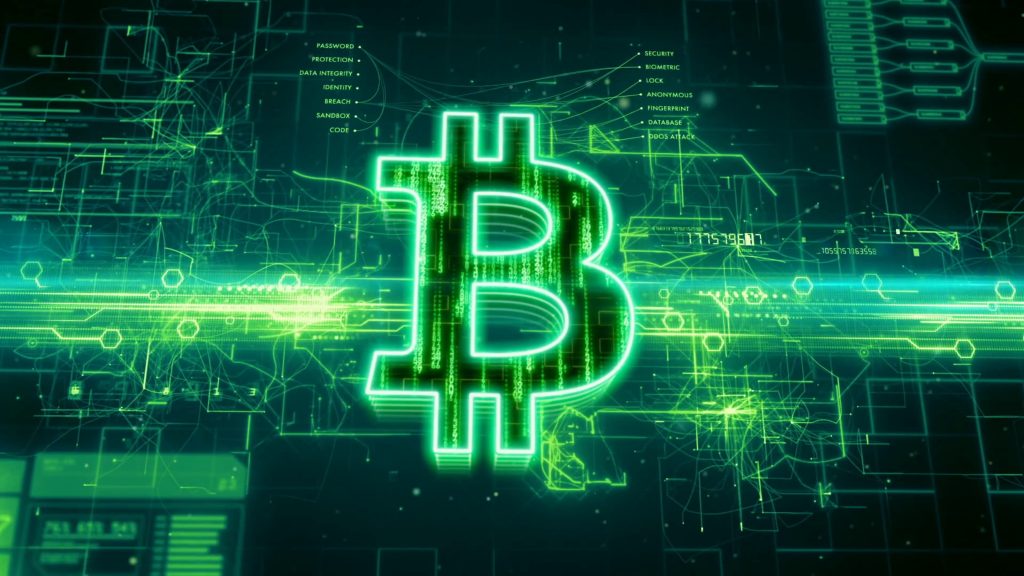Home > Blockchain brains > What is the Bitcoin Lightning Network?

The Lightning network (also known as lightning, or LN) is a scalability solution built on top of Bitcoin that permits users to send and get BTC with virtually no fees immediately.
Lightning is considered a layer 2, off-chain solution, meaning that transfers are done through a new network of payment channels anchored in the Bitcoin blockchain.
Table Of Contents
1.Why do we need the lighting network?
2.How does the lightning network work?
3. What is a lightning payment channel?
4. Opening a lighting channel
5. Transacting over a lighting channel
6. Routing payments over lightning
7. Lighting network adoption on the rise
8. Issues of the lighting network
9. The future of the lightning network
10. End words
Why do we need the lighting network?
It’s pretty interesting. I remember when bitcoin was in its early days, the original Bitcoin blockchain did not need any upgrades. Few people were using it, and few trusted that this mysterious digital currency would lead to an entirely new asset class. Bitcoin was an experiment.
Today, many people trust Bitcoin can challenge the globe’s biggest banks and payment providers. Anyway, one of the obstacles standing in its way is transaction speed and scalability problems. Trusted payment providers like MasterCard and Visa can process more than 47,000 transactions per second. The bitcoin blockchain can process less than 5,000 transactions/sec.
Seven transactions/sec were more than enough in 2008. Now that adoption is on the rise. The Lighting network implantation is meant to take things to the next stage.
How does the lightning network work?
The lighting network permits peer-to-peer payments between 2 parties. For example, a consumer could hypothetically make a payment to a restaurant owner using the Lightning network.
Unlimited transactions can be sent inexpensively, permitting people to pay with Bitcoin without clogging up the initial Bitcoin network. First, you need to lock a certain amount of Bitcoin into the initial network to make a payment. Once the funds are closed, the recipient can send invoices as they view fit.
The two parties can then continue to transfer funds between one another freely without informing the critical network. Because the transaction doesn’t need to be verified by all of the blockchain nodes, transaction speeds are rapid. When the two parties finish transacting, they can close the channel.
What is a lightning payment channel?
It is a bidirectional payment channel where both parties can receive and send payments across the channel. Lighting channels comprise the lighting network and have the best bitcoin capacity. The capacity is split between the two parties to the track, and bitcoin is moved from one side to the other by lighting transactions.
Opening a lighting channel
Two parties open a lighting channel by submitting bitcoin in a two-of-two multisig address, and then this transaction is recorded on the Bitcoin blockchain. So when this transaction is verified, the Lighting channel is opened. Once open, a channel permits both parties to perform any number of transactions quickly and cheaply. When the transaction is done, they can close the channel by making another on-chain Bitcoin transaction, reflecting the net change in both of their balances.
Transacting over a lighting channel
A payment channel is a pool of funds divided between 2 parties. These funds are forever saved in the multi-sig address – the lightning network creates no extra token or bitcoin representation. Lightning transactions take place over this channel by redistributing the funds held in the multisig address.
Routing payments over lightning
The basic building blocks of the Bitcoin lightning network are payment channels and nodes that permit communication with one another. Naturally, not every node will be linked to the node it wants to send a payment. Routing allows transactions between 2 unconnected parties to occur via a series of pre-existing channels.
Lighting network adoption on the rise
With the large capacity of millions of transactions per second, small businesses and individuals immediately caught the train to quick and convenient payment.
The number of nodes on the lighting network is increasing quickly, there were a few over 7,700 in 2020 to nearly 16,000 in 2022. Overall, the capacity has increased from 1,000 BTC to 3,000 BTC. This means users can receive and send amounts worth up to 3,000 BTC.
People can, anyway, open multiple channels and then close them at the same time. Doing so will send many requests to the main chain and cause it to clog. This is one of the inherent issues of the Lighting network.
Issues of the lighting network
One of the things the lighting network was made to fix is Bitcoin transaction fees. They have forever been absurdly high.
Using a private channel prevents paying fees for every transaction. Users have to pay once to open and once when closed. While the affordable cost encourages more users, it does not require incentive nodes to validate those payments. If there are not enough services, nodes and firms will soon have to charge clients for paying via the lightning network.
The future of the lightning network
While the lighting network still has some issues to work out, the future looks fantastic.
Overall, adoption is rising for the Lightning network, and over $110 million in Bitcoin is presently locked in the network. Many mainstream firms and financial platforms adopted the lighting network in 2022. This has increased the reach of Bitcoin by permitting users of these platforms to send bitcoin quickly across the planet.
Further, as adoption grows, the Lighting network can be used with the crypto wallet functionality on many crypto platforms.
End words
The lightning network is greatly decentralized and censorship-resistant thanks to its dependence on the Bitcoin blockchain, where users can freely make new payment channels. Additionally, similarly to how a competitive market for mining results in security on layer one, routing nodes compete with each other to give stable and competitively priced payment forwarding on lighting. Bitcoin permits trustless payments as envisioned by Satoshi Nakamoto over ten years ago. The Lighting Network is an attempt to improve its scalability without compromising on those foundational values.







